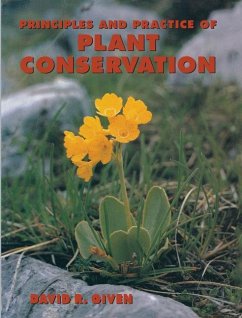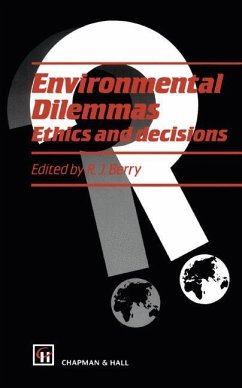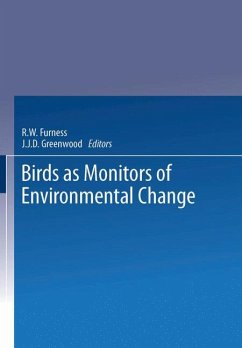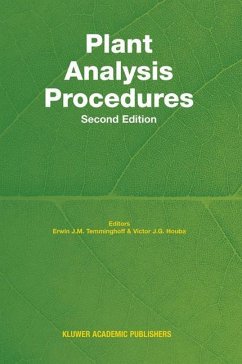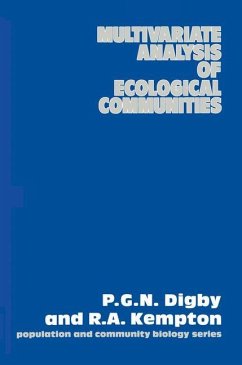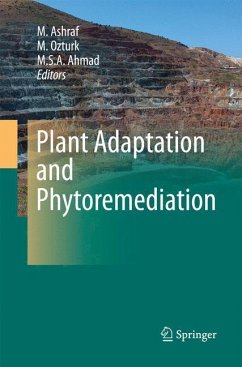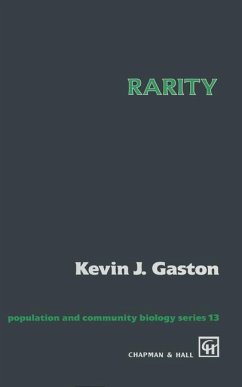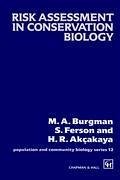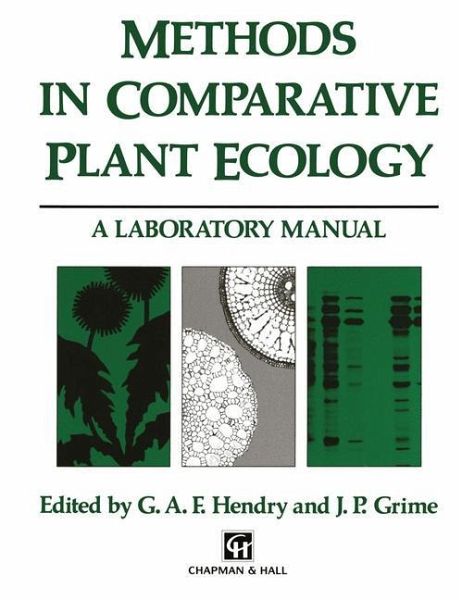
Methods in Comparative Plant Ecology
A laboratory manual
Herausgegeben: Hendry, G. A.; Grime, J. P.

PAYBACK Punkte
62 °P sammeln!
Methods in Comparative Plant Ecology: A laboratory manual is a sister book to the widely acclaimed Comparative Plant Ecology by Grime, Hodgson and Hunt. It contains details on some 90 critical concise diagnostic techniques by over 40 expert contributors. In one volume it provides an authoritative bench-top guide to diagnostic techniques in experimental plant ecology.





